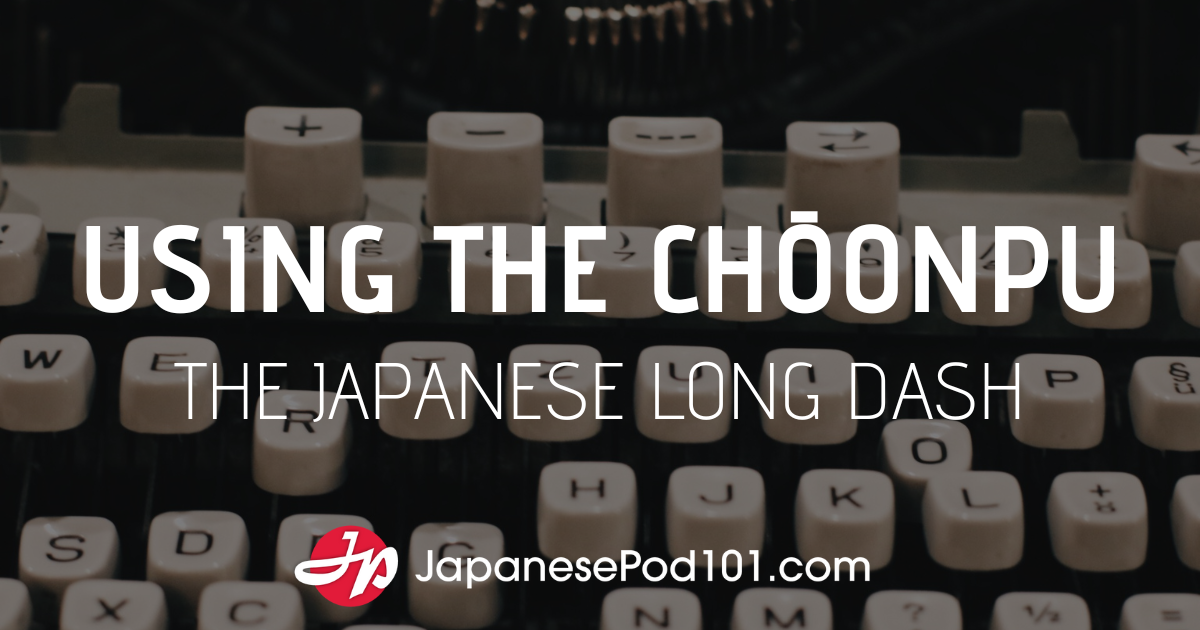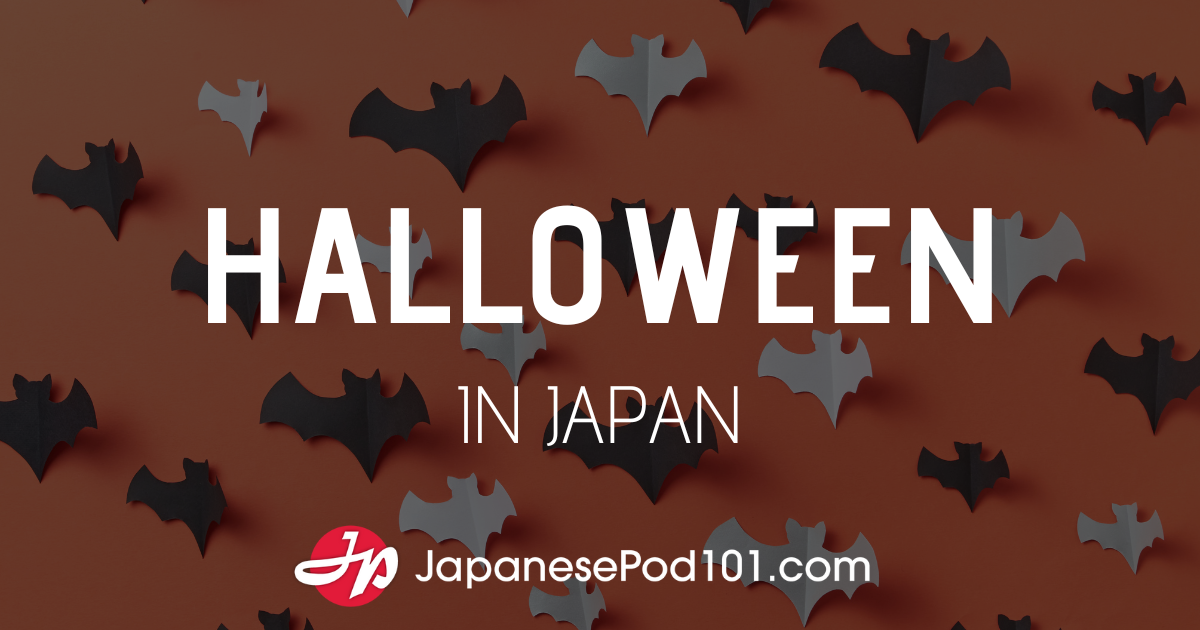| Quick Links Welcome to Kanji Curiosity | The Basics | Glossary |
Let’s start with a quiz today. What do you think the following equation yields?
excess + talk
a. headache, earache
b. gossip
c. insincerity
d. digression
While you think about it, I’ll share some photos from my recent trip to New Zealand (so as to block the answer).
The Japanese writing is fuzzy. But you can blame any fuzziness on the millions of New Zealand sheep. The sign says this:
キウィ・サウス (Kiui Sausu: Kiwi South)
羊の国のセーター (hitsuji no kuni no sētā:
knitwear) sheep + countryI love how “knitwear” turns into “sheep country sweaters”!
The characters 喫茶 (kissa: tea house, to drink + tea) are the first two kanji in 喫茶店 (kissaten), the more formal way of saying “café.” (The kanji 店 means “shop,” though in this case it means “small business establishment,” says Halpern.) Some notes on the kanji in the sign: Although you may know 茶 as CHA (the very name of this café), 茶 can also have the yomi of SA. Did you notice how in 喫, the mouth radical 口 looks a lot like the cup in the drawing? Clever!
Have you forgotten about the quiz?! The answer is d. That is:
余談 (yodan: excess + talk) = digression
Today’s theme is talking. And all your spoken words would go to waste if it weren’t for ears! Here are two fun “ear” words:
耳語 (jigo: whispering) ear + talk
Whispering ideally involves speaking right into someone’s ear. Or … keeping the words out of someone’s earshot. Depends on your intention, I guess!
耳に挟 (mimi ni hasa(mu): to happen to hear) ears + to insert
When you happen to hear something, it’s as if that comment is inserted into your ears! Or perhaps the comment lies suspended between your ears; after all, according to Halpern’s 挟む examples, this verb lets you hold a pen between your lips or a pickle with chopsticks!
If you can insert something conversational between the ears, you can also plant that “something” to let a conversation sprout and bloom. Here’s the way Japanese people refer to such a conversational “seed”:
話の種 (hanashi no tane: topic of conversation)
conversation + seed
You may know 種 as the first kanji in 種類 (shurui: kinds, kind + kind). This kanji recently appeared in two compounds from Part 1 of the Cool Compounds series. In all those words, the character means “kind, variety.” But 種 can also mean “seed,” as in 悩みの種 (nayami no tane: cause of annoyance, annoyance + seed).
I like this phrase, as it conjures up the image of a seed in one’s shoe, a tiny thing that gives rise to an enormous amount of emotion. But I’m also surprised that 悩み means “annoyance” here, because it usually translates as “troubles, worries, suffering, anguish.”
One more concern about 種: We looked closely at seeds last spring. Same seed? Nope. That was 実 (sane: seed, pit inside fruit).
Okay, no more 悩み for now. All is resolved! Time for your Verbal Logic Quiz!









